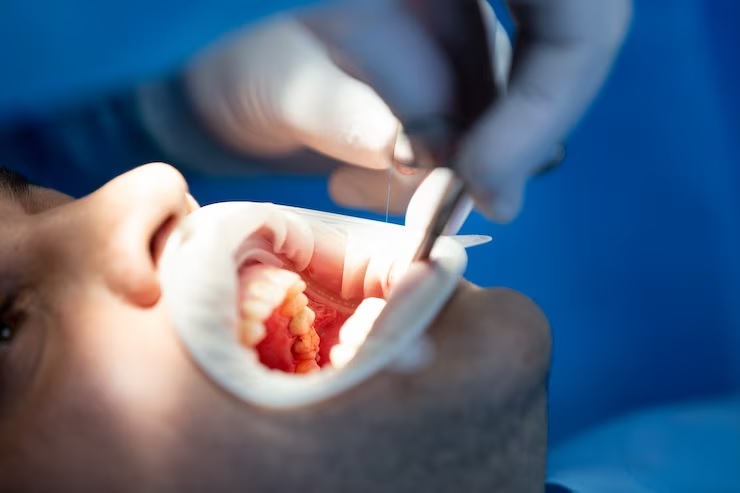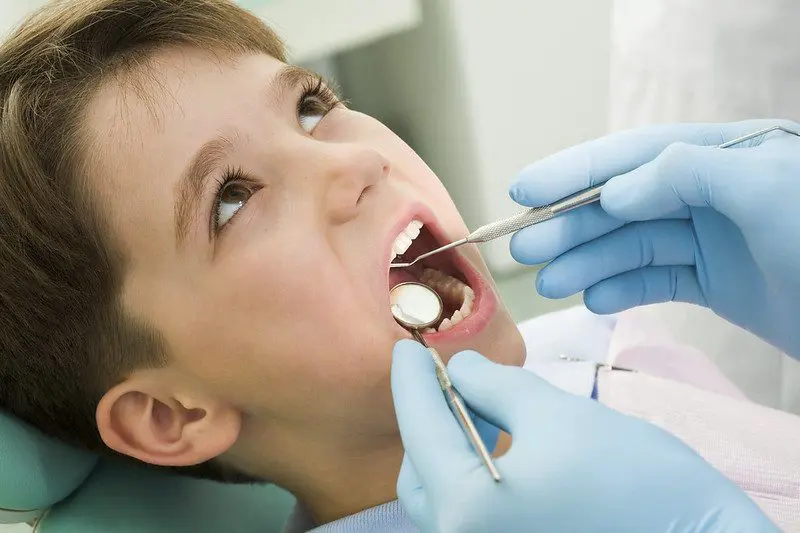After wisdom teeth removal surgery, it is important to take good care of your mouth and follow your dentist’s instructions for post-operative care. It is also important to avoid strenuous activities that may interfere with the healing process. However, there are some exercises that are safe and helpful during wisdom teeth recovery. Here’s a list of exercises that can be done safely after wisdom teeth removal in Melbourne.
Walking:
Walking is a low-impact exercise that can help improve blood flow and circulation throughout your body, including your mouth. Walking can also help alleviate stress and anxiety, which are common during the recovery process.
Stretching:
Gentle stretching exercises can help alleviate muscle tension and stiffness that may occur after wisdom teeth removal surgery. Stretching can also help improve flexibility and range of motion in your jaw muscles.
Yoga:
Yoga is a gentle form of exercise that can help improve flexibility, strength, and balance. Certain yoga poses can also help alleviate stress and tension, which are common during the recovery period.
Breathing Exercises:
Deep breathing exercises can help reduce stress, anxiety, and muscle tension. They can also help improve circulation and oxygen flow, which is important for healing after removing your wisdom teeth in Melbourne.
Neck Exercises:
Neck exercises can help improve circulation and relieve muscle tension in the neck and shoulder area, which can be beneficial for those who have experienced jaw stiffness after wisdom teeth removal.
Meditation:
Meditation is a powerful tool for reducing stress and anxiety. It can also help improve focus and concentration, which can be helpful for those who are experiencing discomfort and pain during the recovery process.
Low-Impact Cardio:
Low-impact cardio exercises like cycling, swimming, or using an elliptical machine can help improve cardiovascular health and promote healing. However, it is important to avoid any high-impact exercises that may put unnecessary pressure on the jaw and cause discomfort.
Resistance Training:
Resistance training exercises can help improve strength and flexibility in the muscles around the jaw, which can aid in the recovery process. However, it is important to start with light weights and avoid any exercises that may cause discomfort or pain.
Mouth Exercises:
Certain mouth exercises can help promote healing and improve jaw mobility. For example, gently opening and closing your mouth or moving your jaw from side to side can help improve flexibility and reduce stiffness.
Facial Massages:
Gentle facial massages can help reduce muscle tension and promote relaxation. They can also help improve circulation and reduce inflammation, which is important for the healing process.
It is important to consult with your dentist or oral surgeon before starting any exercise program after wisdom teeth removal surgery. They can provide guidance on what exercises are safe and appropriate for your specific situation. Haven’t removed your wisdom teeth yet? Get in touch with an expert to know about the wisdom teeth removal cost in Melbourne today.



